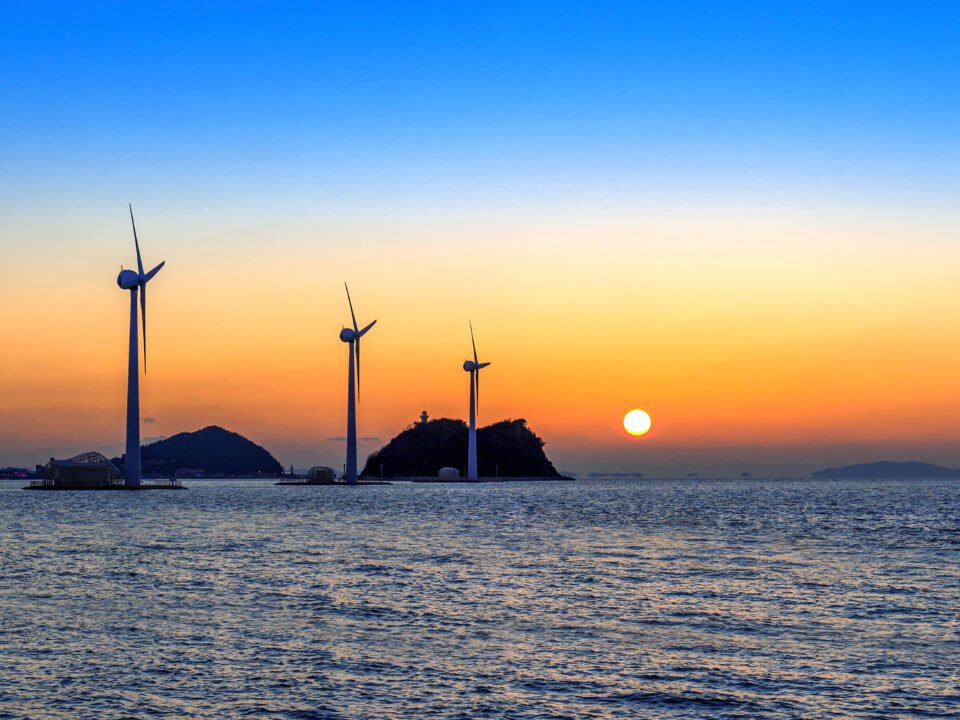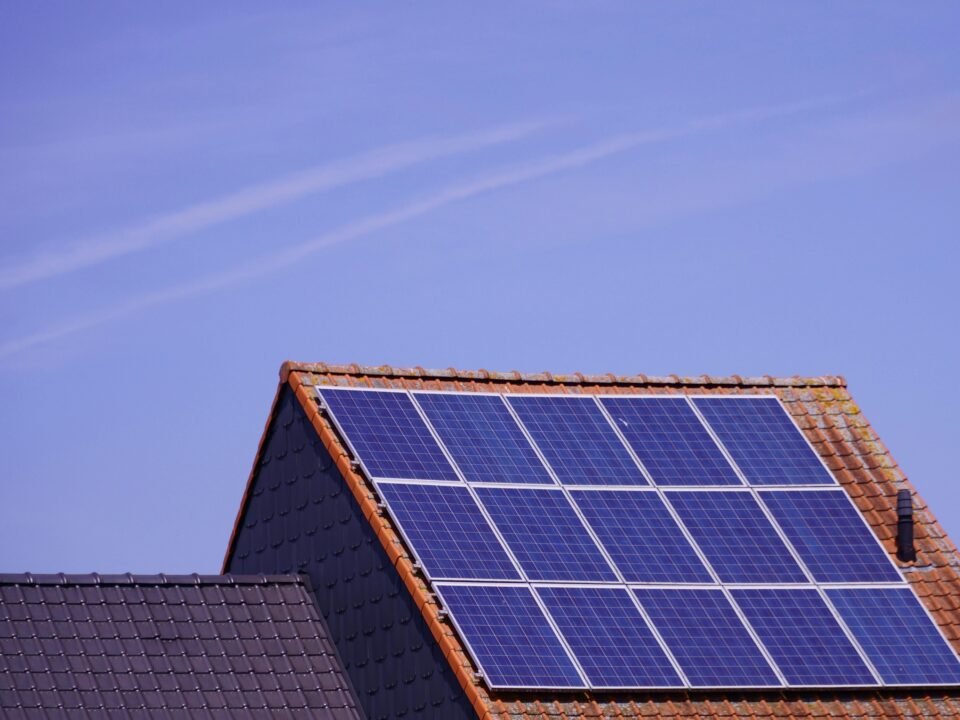In the global pursuit of clean, sustainable, and cost-effective energy sources, the onshore wind turbine has emerged as a pivotal solution. With advancements in renewable technology and increased awareness about climate change, wind energy—especially from land-based wind farms—is reshaping how we generate power. As countries move toward greener economies, onshore wind turbines offer a host of benefits that make them a compelling choice for both governments and private sectors.
In this blog, we will explore the top five benefits of using an onshore wind turbine for energy, covering economic, environmental, and technological advantages.
1. Cost-Effective Energy Production
One of the most significant advantages of using an onshore wind turbine is the relatively low cost of energy production. Onshore wind is among the cheapest sources of electricity available today. Unlike fossil fuel plants, which depend on imported fuels with fluctuating prices, wind energy harnesses a free natural resource—wind.
Once the infrastructure is set up, operational costs are minimal. Maintenance and land lease payments are typically the only ongoing expenses. Moreover, technological advances have made turbines more efficient, increasing their energy output and reducing the cost per kilowatt-hour (kWh) of electricity.
Key Points:
- Competitive with fossil fuels and other renewables.
- Stable and predictable energy prices.
- Rapid return on investment for large-scale wind farms.
2. Reduced Carbon Emissions
Climate change is largely driven by greenhouse gas emissions from the burning of fossil fuels. An onshore wind turbine generates clean electricity without emitting CO₂ or other harmful pollutants. According to the International Renewable Energy Agency (IRENA), every megawatt-hour (MWh) of wind energy can prevent nearly a ton of CO₂ emissions that would otherwise be produced by fossil fuel plants.
By replacing coal or gas-fired plants with wind turbines, communities can significantly reduce their carbon footprint. This transition not only benefits the environment but also supports national and international climate targets.
Key Points:
- Zero greenhouse gas emissions during operation.
- Contributes to achieving net-zero goals.
- Improves overall air quality.
3. Job Creation and Local Economic Growth
The development, installation, and maintenance of onshore wind turbines create employment opportunities in rural and semi-urban areas. From construction crews and engineers to technicians and logistical staff, the wind energy sector supports a wide range of jobs.
Moreover, wind farms often provide a financial boost to local communities through land lease agreements and tax revenues. Landowners receive compensation for hosting turbines on their property, and municipalities benefit from increased economic activity and infrastructure improvements.
Key Points:
- Drives employment in rural areas.
- Offers new revenue streams for landowners.
- Strengthens regional economies.
4. Energy Independence and Security
Reliance on imported fuels can make a country vulnerable to price spikes, supply chain disruptions, and geopolitical tensions. Investing in onshore wind turbines helps to diversify the energy mix and reduce dependence on external energy sources.
Onshore wind provides a decentralized and domestically-sourced energy solution. This improves national energy security and ensures more stable supply, especially during times of crisis or conflict. Many countries now consider renewable energy not just an environmental issue, but a matter of national security.
Key Points:
5. Faster Installation and Scalability
Compared to offshore wind farms or large-scale solar projects, onshore wind turbines are quicker to install and easier to scale. Most onshore turbines can be deployed within a year, depending on location, permitting, and infrastructure needs.
Because of this flexibility, onshore wind is particularly useful for meeting near-term energy goals. It allows developers to build incrementally, starting with a few turbines and expanding over time as demand and funding grow.
Additionally, land-based turbines can often be installed on agricultural land without significantly disrupting farming or grazing activities, making them a versatile option.
Key Points:
- Shorter development and installation time.
- Scalable from small to large operations.
- Can coexist with agricultural land use.
Conclusion
The onshore wind turbine is a powerful tool in the shift toward sustainable energy. Its benefits—cost efficiency, environmental sustainability, economic upliftment, energy security, and scalability—make it an attractive option for both emerging and developed economies.
As the world looks for viable alternatives to fossil fuels, onshore wind continues to gain momentum. With ongoing innovation and supportive policies, it’s likely to play an even bigger role in powering the future.
Whether you’re a policymaker, investor, or environmentally conscious individual, understanding the value of onshore wind energy is essential for making informed choices about our energy future.


